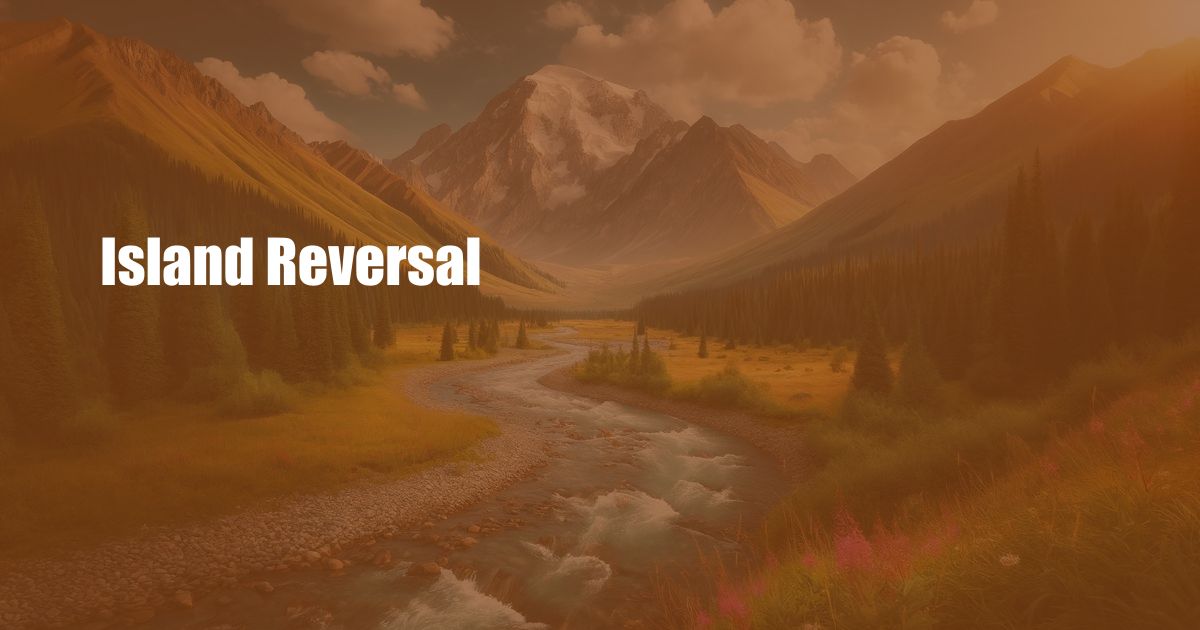
Island Reversal: Witnessing the Dynamic Reshaping of Landscapes
In the ever-evolving tapestry of our planet, islands stand as enigmatic landforms, constantly molded by the relentless forces of nature. I recall a vivid memory from my travels to the stunning Azores archipelago, where I marveled at the grandeur of Terceira Island. Its rugged coastline, dotted with volcanic cones and sculpted by relentless waves, hinted at a secret narrative, a story of transformation.
As I explored the island, I was captivated by the tale of “Ilhéu das Cabras,” a small islet off the northern shore. In the past, it was nothing but a barren rock, a mere speck in the vast expanse of the Atlantic. However, over centuries, a remarkable transformation occurred. Volcanic activity and the relentless pounding of the ocean’s waves gradually reshaped the islet, accumulating sediment and creating a fertile ecosystem teeming with life.
The Sculpting Power of Erosion
Erosion, the ceaseless process of wearing away landforms, plays a pivotal role in island reversals. As waves relentlessly crash upon the island’s shores, they carry away sediment, creating steep cliffs and dramatic sea caves. Over time, these erosive forces can even isolate smaller portions of the island, forming separate islets or stacks.
Accretion: Building Blocks of New Land
In contrast to erosion, accretion refers to the process of land accumulation. Volcanic eruptions, sediment deposition, and coral growth can all contribute to the expansion of an island’s surface area. For instance, the Hawaiian Islands have been perpetually shaped by volcanic eruptions, adding new landmasses to the existing archipelago.
Coastal Processes in Action
Coastal processes, such as longshore currents and wave refraction, also influence the evolution of islands. Longshore currents, driven by the prevailing direction of waves, transport sediment along the shoreline, leading to the formation of beaches, spits, and tombolos.
Wave refraction, the bending of waves as they approach the shore, can create headlands and embayments. Headlands are areas where the shoreline juts out into the sea, while embayments are areas where the shoreline curves inward. These coastal features can further influence the deposition and erosion patterns on the island, contributing to its overall shape.
Latest Trends in Island Reversal Research
Ongoing research in island reversal studies continues to shed light on the complexities of these dynamic landscapes. Recent advancements in satellite imagery and modeling techniques have allowed scientists to monitor changes in island size, shape, and elevation over time.
Furthermore, studies on the impact of climate change and sea-level rise on islands have become increasingly important. Understanding how these factors affect erosion and accretion processes is crucial for predicting future changes and developing adaptation strategies to protect these fragile ecosystems.
Expert Tips for Understanding Island Reversal
- Observe the coastal processes: Pay attention to the direction of waves, sediment transport, and the formation of coastal landforms. These observations can provide insights into the forces shaping the island.
- Examine the island’s geology: The type of rocks present and the presence of volcanic activity can influence the island’s susceptibility to erosion and accretion.
- Consider the local climate: The prevailing wind patterns, rainfall, and temperature can all affect the rates of erosion and sedimentation.
- Monitor changes over time: By comparing historical maps, aerial photographs, and satellite images, you can track the evolution of the island and identify areas of active change.
FAQs on Island Reversal
Q: What are the main factors that contribute to island reversal?
A: Erosion, accretion, coastal processes, and climate change are the key factors influencing island reversal.
Q: Can island reversals occur rapidly?
A: While most island reversals occur gradually over centuries, sudden changes can occur during catastrophic events such as volcanic eruptions or major storms.
Q: What are the implications of island reversal?
A: Island reversal can affect the island’s ecosystem, human settlements, and coastal infrastructure. It can also impact the overall shape and size of the archipelago.
Q: How can we protect islands from the impacts of erosion?
A: Employing coastal protection measures such as seawalls, breakwaters, and beach nourishment can help mitigate erosion and preserve island shorelines.
Conclusion
Island reversal stands as a testament to the dynamic nature of our planet. Through the intricate interplay of erosion and accretion, coastal processes, and climate change, islands undergo constant transformation. As we delve deeper into the study of these enigmatic landforms, we gain invaluable insights into the intricate forces that shape our world.
Whether you are a seasoned traveler, an aspiring geographer, or simply curious about the natural world, I invite you to embrace the journey of island reversal. By observing these ever-changing landscapes, we not only expand our knowledge but also cultivate a profound appreciation for the resilience and adaptability of nature.







